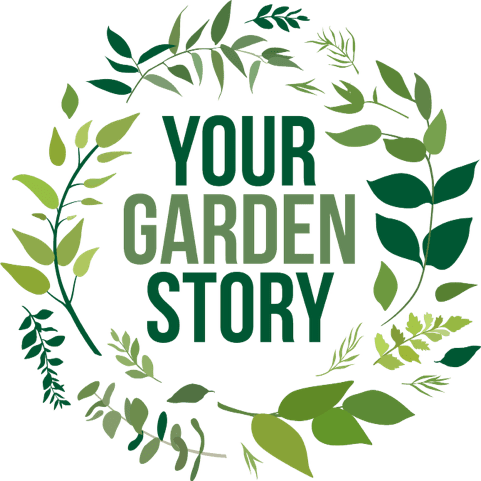Soil is the foundation of your garden. Without healthy soil, you will find it hard to grow strong, robust, and healthy plants, but it’s something that we often take for granted when we inherit a garden. Typically, garden soil quality is poor when we first come to it, so nurturing it is vital to a healthy garden and thriving plant growth. Did you know that in even the tiniest handful of soil, thousands of species of fungi, mites, anteaters, and earthworms work together to create a healthy root material for your plants?
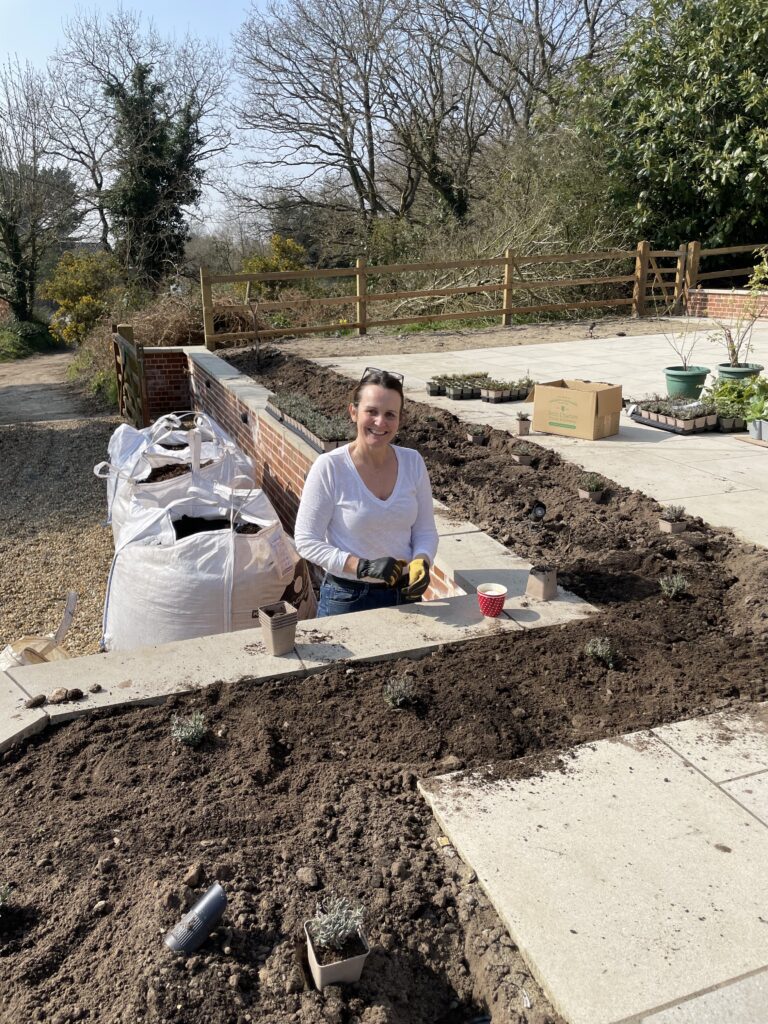
The good news is that we can also influence it as gardeners. In this blog, discover how to determine what soil you have in your garden and how to ensure it’s in tip-top growing condition to get the most out of it.
What is soil?
Soil has four key elements: mineral particles, water, air, and organic matter (which is the living element). Think of it as a living, dynamic entity that constantly changes, so the percentages of these elements can change over time. Still, it’s helpful to know that healthy soil typically breaks down into 25% air, 25% water, 45% minerals, and around 5% organic matter. It makes sense then that soil is fragile and perishable if it is alive. We can damage its structure by compacting it or overusing fertilisers or pesticides. Soil formation is driven by climate, topography and geology, so most regions of the world have typical soil types. This directly impacts the kinds of plants that can be grown. The best soil is generally composed of sand, silt, and clay. It’s hard to change the texture of your soil, but it is possible to change its structure. The best way to start is by testing your soil to find out what you are working with.
Why, when, and how should I test my soil?
Why – If you are gardening on a new site or want to change the plants you grow, getting your soil tested is a great idea. It’s the only way to understand what nutrients are in your soil, how you might need to adapt or accept them, and how to make smart planting decisions.
When—You can collect samples anytime, but the fall season is best. The soil is dry in the fall, and it gives you time to correct the soil before the growing season begins again in spring.
How—First, a straightforward way to test your soil is to pick up a clump of soil and get it wet with water. Squeeze your hand and then look at what happens when you open it. If the clump crumbles, you have sandy soil; if it holds together and crumbles when you poke it, you have loam; if you poke and it holds firm, it’s clay soil.
You will likely want to do a more detailed test if you want to add some new plants or are new to your garden. Collect a separate soil sample from each garden area you want to test. Use a trowel to dig about a cup of soil from each location you are testing, ideally digging down around five inches. Put the soil into a sealed bag or container and label. Repeat this process in each area you want tested, ensuring each sample is marked and tested using a soil test kit. Luster Leaf offer an easy-to-use and quite detailed Rapitest Rapitest Soil Kit. Alternatively, if you don’t want to dig soil but still want to test, you can try Luster Leaf’s Four in One Soil test Four in One Soil Test
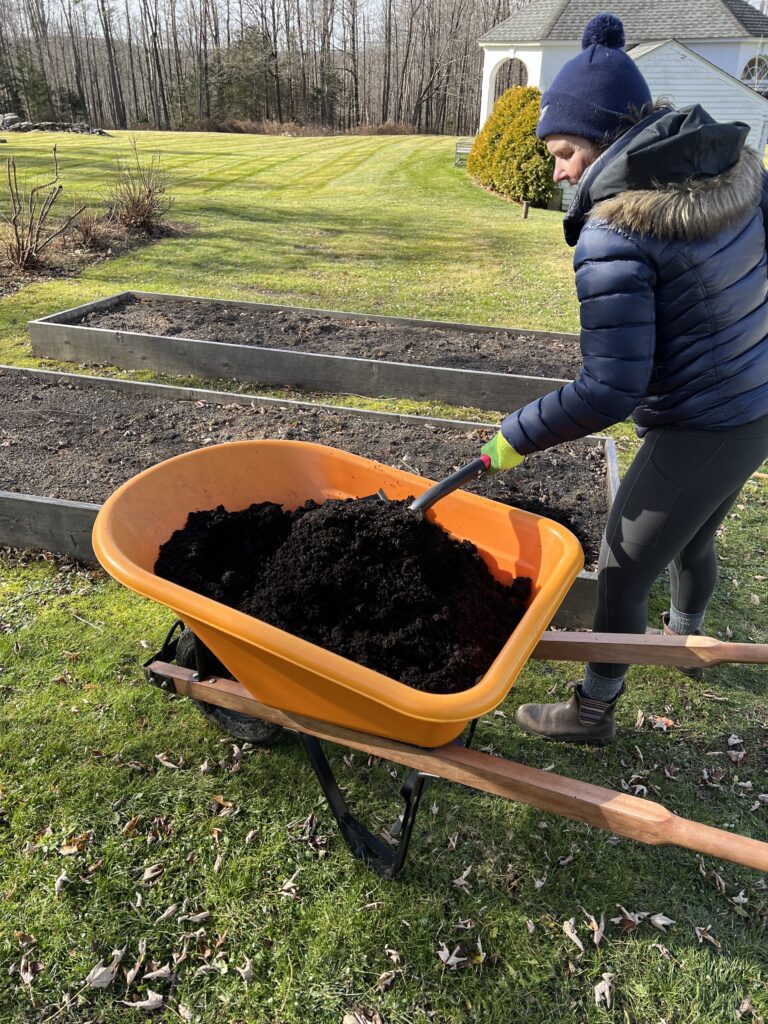
Limestone and chalk soils are typically more alkaline, and sandy soils tend to be acidic. A neutral or slightly acid soil (pH 6.5-7) is best for most plants.
Your soil must be tested in a lab if you want a more in-depth test for nutrients, organic matter, and heavy metals. If you live in New York State, Cornell College of Agriculture and Life Sciences offers a menu of tests Soil Test Cornell College of Agriculture. You will find similar organisations across the USA. There are various options in the UK, including Safe Soil Test Kit Options. It is worth doing a complete test with a lab at least once during your ownership of your garden.
What to do once you get the results?
There are three soil types – clay, chalk and sand and your soil test will enable you to identify the dominant soil in your garden. Grow plants that suit your soil conditions, or change the soil conditions to grow the plants you want! It’s generally easier to grow plants that work with what you have; it’s more sustainable, and it often comes down to how much work you are prepared to do to improve your soil quality. Growing plants native to your region is a great approach. As we said earlier, regions typically have similar soil conditions, and plants native to your area will thrive where they naturally evolved.
How to improve your soil?
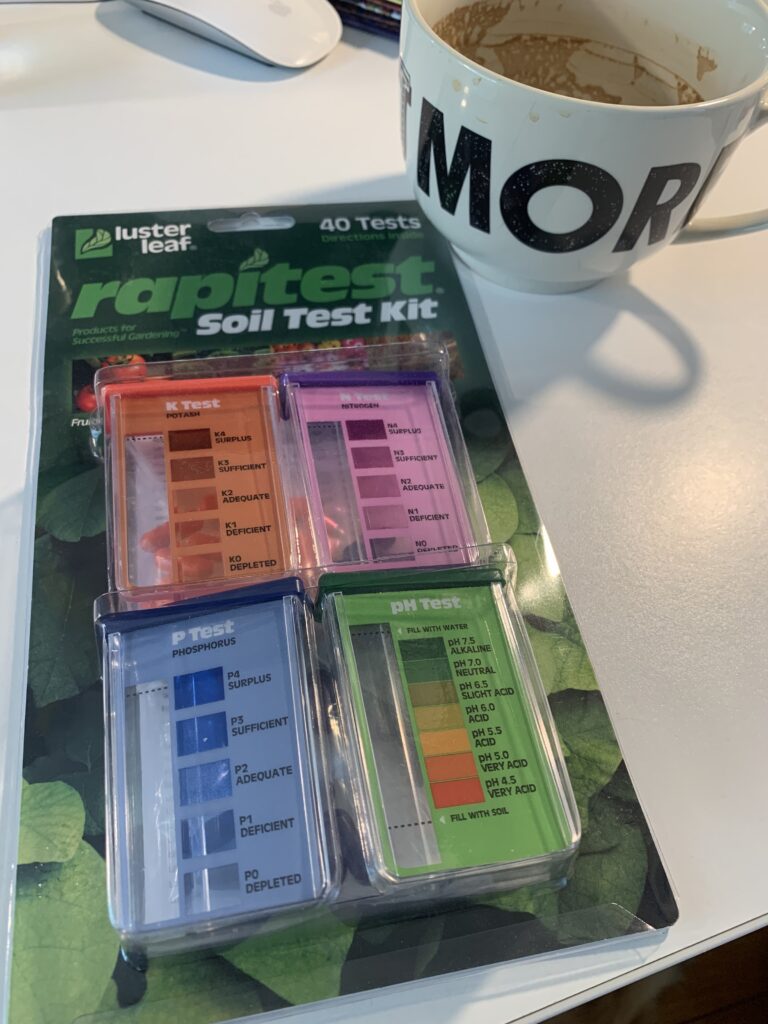
When we add compost, it improves the structure of our soil, and this is a great way to maximise a plant’s chances of getting what it needs from soil. Homemade compost is best, or it can be bought if needed; there is no need to dig it in. Just spread it on the surface and let the worms do the work for you. Mulch is another way to improve the quality of the soil. Dry, sandy soils benefit from a mulch layer to help retain moisture.
Soil types and their plant friends
We have different soil in each of our gardens. We have sandy soil in Suffolk because we are close to the coast. I love the soil because it’s effortless to dig and plant into, it warms up quickly in the season, and it’s always dry/cloggy to manage. We apply a thick layer of mulch each fall to hold what moisture there is, and over the years, it will incorporate more into the structure of the soil. I also used irrigation for the first couple of years in the garden to enable plants to be established. The garden in CT has clay soil; it’s easy to work, but it can become solid with a lot of rain. It has been suitable for the evolution of the new front bed, but it is hard to manage in the cut flower garden and the vegetable beds. In Brooklyn, we redesigned the garden, built raised beds, and filled those with a lovely, healthy, balanced soil mix that accommodates most plants. Raised beds support soil heath because you never step in them, so the soil doesn’t become compacted; you can work the soil early in spring and you can create a soil mix that works for you. However, the climate in NYC is so extreme that weather and sun conditions limit what grows well.
Once you understand what type of soil you have in your garden, you can consider which plants do well and why. It then helps you know the best plants to add to your space. Plants that do well in sandy soil, like succulents, need sharp drainage and lower fertility. Clay soils are more fertile by nature, and so are plants like peonies. Chalk soils are very alkaline and thin, but plants like lavender, rosemary and Mediterranean herbs love chalk soil.
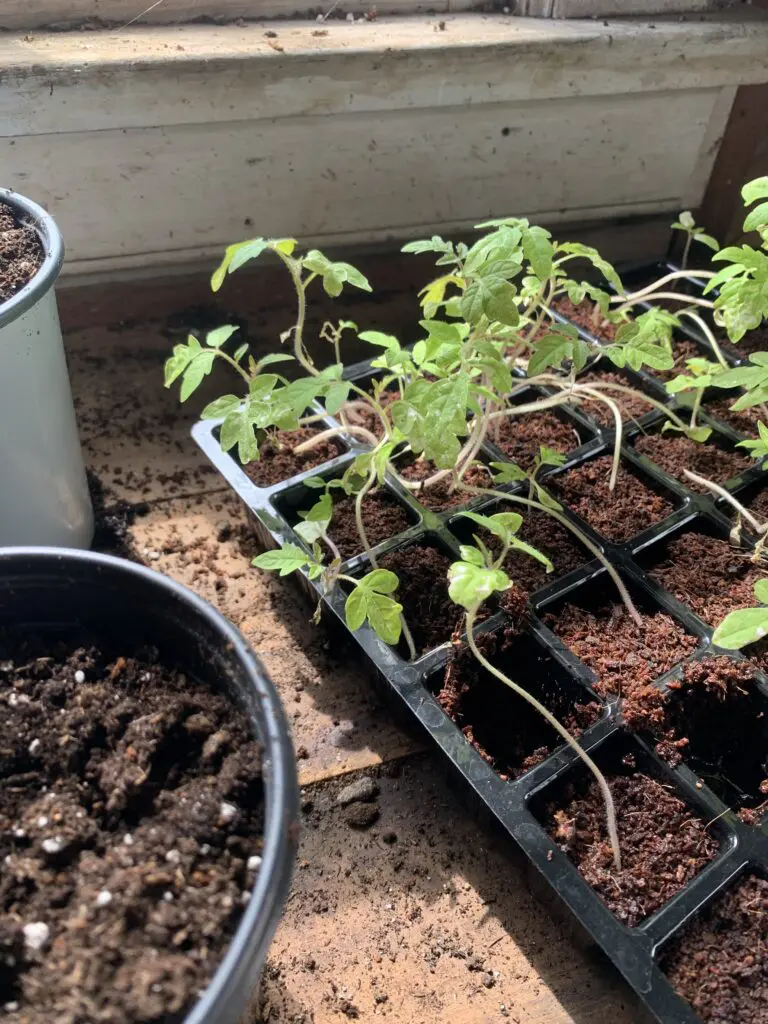
Clay Soil loving plants
Shrubs: hydrangea, magnolia, roses, viburnum, spirea; Perennials: amsonia, astilbe, baptisia, hemerocallis, hosta, clematis, wisteria; Annuals: foxglove, lobelia, sunflower, love lies bleeding, petunia; Vegetables: broccoli, sprouts, cabbage, kale, lettuce
Chalk Soil loving plants
Shrubs: buddleia, hebe, lilac, fuschia; Perennials: dianthus, hellebores, heuchera, peonies, veronica, salvia, honeysuckle; Annuals: wallflower, snapdragon, dianthus, sweet peas; Vegetables/herbs: Mediterranean herbs, cabbage, brussels, cauliflower
Sandy Soil loving plants
Shrubs: yucca, broom, heathers, rock rose; Perennials: acanthus, yarrow, cornflower, cat mint, sedum, lamb’s ear; Annuals: yarrow, allium, alyssum, salvia, cosmos; Vegetables: carrot, parsnip, potato, onion, spinach
Managing your soil
Taking care of your soil should be part of your ongoing gardening tasks. Fall is the best time of the year to make soil amendments after the growing season is done. But taking a moment to understand the soil you are working with will pay dividends. It’s still okay to reconsider what you want to plant this year. Once you have done a soil test, you can still add fertiliser to beds that are low in nutrients, and if you haven’t planted already, you can add an appropriate compost mix or mulch.
Get in touch if you want more information on items included in this blog or need help sourcing plants or containers. Your Garden Story is here to help bring out the gardener in all of us. Contact me at [email protected]
